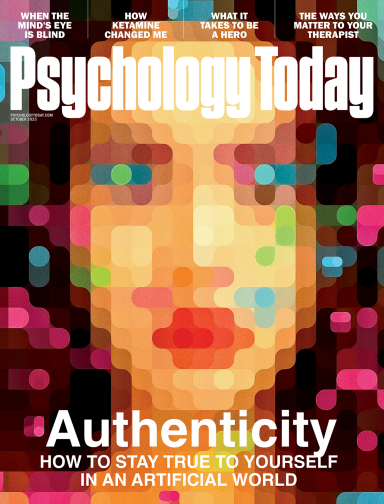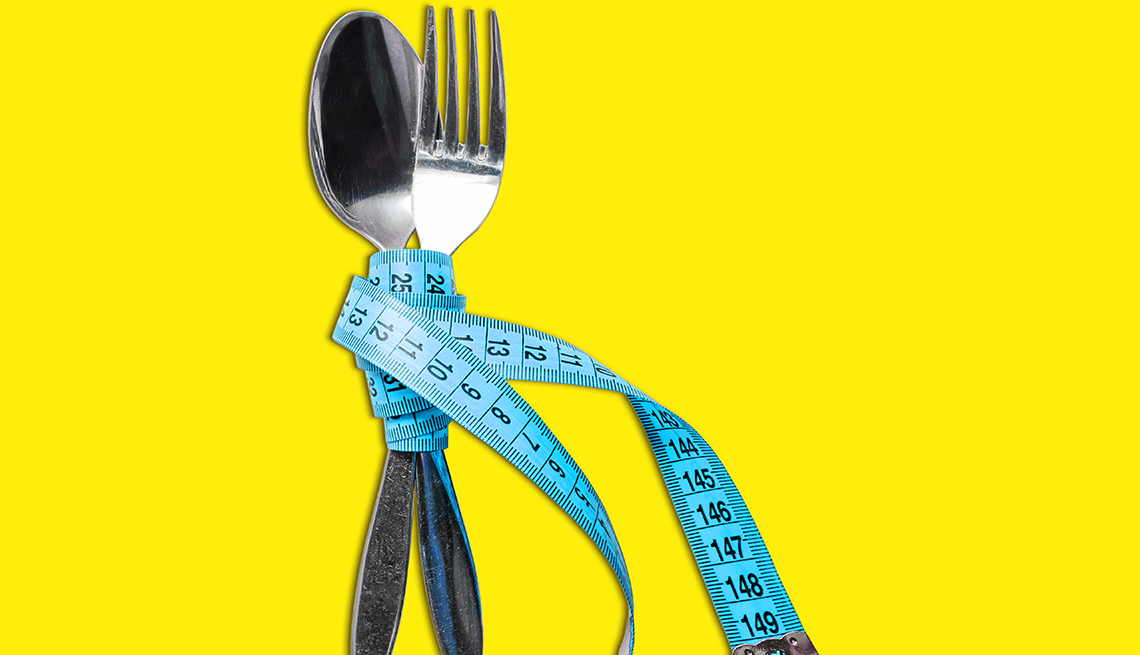- Speak for the Heart is now Positive Vibes!
- Posts
- Are Some Foods Addictive?
Are Some Foods Addictive?
Plus, one way to slow unhealthy aging

Hello again!
I’ve written about ultra-processed foods in prior issues; in this one, you’ll find a new report about their highly addictive nature—and how they are affecting many people all over the globe.
You’ll also find some good news about sorghum (yes, sorghum!) and how calorie reduction can lead to healthy aging. Premium subscribers will also find out about a fascinating new atlas of the human brain, and what it means for future research.
(For new subscribers): This weekly update goes out every Wednesday, except for the final Wednesday of the month, when the long magazine-style version of Speak for the Heart will be delivered to your inbox. As always, premium subscribers get bonus content in every issue!
To your health,
Yasmine S. Ali, MD

Just 2 more weeks for Premium subscribers to get a 5% discount on any health coaching service (upon successful application)! Offer good until the end of October:
Weekly Heart-Health News: The Highlights
My Take:
Many years ago, in my preventive cardiology practice, a patient asked me if it was possible to be addicted to sugar. They then described a pattern that was, in fact, classic for addiction:
I had to agree with the patient’s self-analysis that they were likely facing a sugar addiction. We didn’t know as much then about how addictive a common food ingredient could be, but we’ve learned a lot since then, and now, in this new report, it is ultra-processed food that is the culprit. Experts have found that at least 14% of adults around the globe are addicted to ultra-processed food, and 12% of children are addicted.
Some examples of ultra-processed foods:
Soft drinks and sodas
Ice cream
Frozen meals with artificial colors, flavors, and preservatives
Hot dogs and preserved deli meats like salami, pepperoni, and ham
Packaged cookies
The article goes on to describe the mechanisms of these food addictions, which “evoke similar levels of extracellular dopamine in the brain … to those seen with addictive substances such as nicotine and alcohol.”
My Take:
I have always loved sorghum, so I was delighted to see this article on its benefits for heart health! Sorghum is a whole grain, like quinoa, that is also gluten-free and a good source of fiber. It tends to taste slightly sweeter than wheat and has a full-bodied texture. Many of you may also be familiar with sorghum syrup, or sweet sorghum, which is made from the green juice of the sorghum plant. It has a number of micronutrients in just 1 tablespoon, including calcium, iron, protein, potassium, magnesium, and others; it can be used as a more nutritive sweetener than sugar—and it is natural!
Just keep in mind that the syrup does not have the fiber benefits of the whole grain itself. It is also a syrup, so you don’t want to use too much—1 tablespoon should be enough. (You know my mantra: “Everything in moderation!”)
Affiliate links here:
Sorghum, the grain; and sweet sorghum, the syrup (from Muddy Pond, in Tennessee—one of the best, old-fashioned makers of sweet sorghum!).
My Take:
This is more great news! Researchers at the National Institutes of Health have found that adults who decreased their daily caloric intake by 12% per day over a 2-year duration—equal to 240 calories per day on a 2,000-calorie daily diet (although most people are eating much more than that)—activated biological pathways associated with healthy aging.
Reducing calories “had a positive effect on the genes responsible for energy generation and metabolism, and reduced the activity of inflammatory genes, leading to lower inflammation.”
What this means for you: Think now, or keep track of, what you usually eat each day. Are there any empty calories that you could easily cut out? A bag of chips, maybe, or a sugared drink? Not only would that improve whole-body health, it will also prevent unhealthy processes and inflammatory states that cause a number of age-related diseases, including Alzheimer’s, heart disease, type 2 diabetes, and cancer.
Scientists built the largest-ever map of the human brain.
Here’s what they found …
Subscribe to Premium to read the rest.
Become a paying subscriber of Premium to get access to this post and other subscriber-only content.
Already a paying subscriber? Sign In.
A subscription gets you:
- • Exclusive, bonus content in EVERY issue!
- • FREE Premium Health Guides and Heart-Health Tip Sheets, as soon as they are released!
- • Access to "Cooking with a Cardiologist," including restaurant guides, heart-healthy recipes, meal plans, cookbook recommendations, videos, and more!
- • Special subscriber discounts on future products (e-books, workbooks, courses, webinars, live events, calendars, merchandise, etc.)
- • Eligible for special Premium subscriber giveaways!
- • Lifestyle tips and strategies with actionable advice for promoting heart health and cardiovascular well-being





